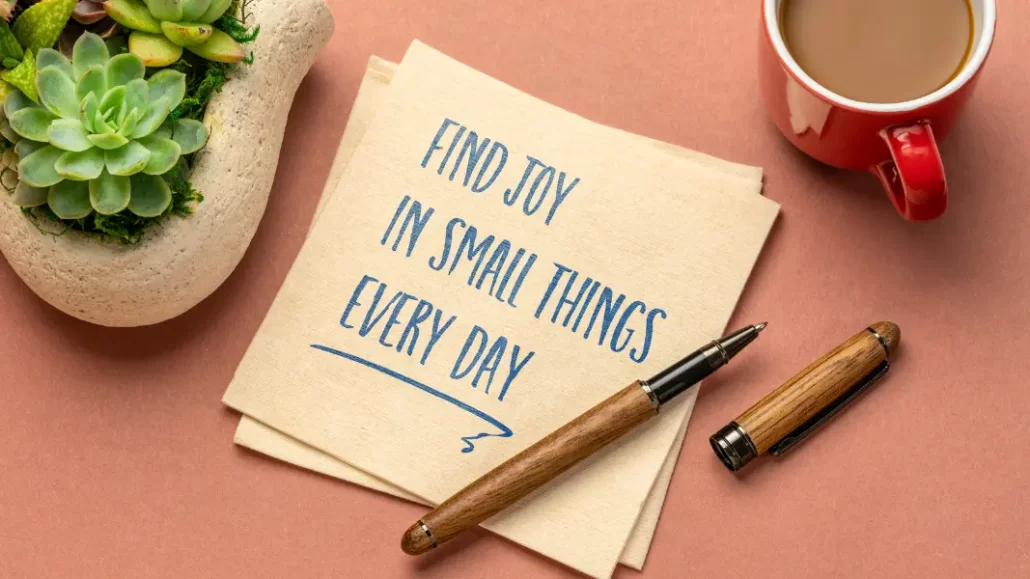What makes you happy? If you’re experiencing depression, this question may bring up a lot for you. Depression impacts our ability to engage with the things in our lives that bring us joy. Feeling disconnected from these sources of joy can send us further down the vicious spiral of depression. A way to counteract this is by using behavioral activation. Behavioral activation allows us to take back our sense of agency by being more intentional about our actions and choices. In doing so, we can reverse the cycle and reconnect to our values, goals, and authenticity.
What is Behavioral Activation?
Behavioral activation is a technique from Cognitive Behavioral Therapy (CBT). It is a way of understanding how our behaviors directly impact our emotions. Research shows that this technique may be the reason why CBT is so effective. It can be particularly helpful for people who have trouble identifying what they find meaning in. Even if you find that your depression is a result of external circumstances (e.g., loss, life transitions), behavioral activation can help you figure out how to cope with your current situation by focusing on building a life worth living.
Behavioral activation involves
- Recognizing our cycles of depression
- Monitoring our daily activities
- Identifying our goals and values
- Activity scheduling
- Reducing avoidance
- Working collaboratively to make sustained progress
Finding Motivation
When we experience depression, it can be incredibly difficult to find the motivation to do anything but avoid and isolate. If you wait for a burst of energy to pull you out of bed, you may find yourself stuck for a long time. Activating motivation through our behavior creates instant changes in our brain state, which can bring us relief right away. Think of how good it feels when you step outside on a sunny day, even if you’re just walking around the block. When we do the opposite of what the depression wants us to do, instead doing something our authentic self wants to do, our emotions will start to follow.
Read more about the most common symptoms of depression here.
Identifying Your Vicious Cycles
The first step of behavioral activation is to gain a better sense of what keeps you stuck in depression. Start by asking yourself what stressors or triggers are contributing to how you feel. For example, imagine you’re having issues with your job. Try to identify how you’re feeling about the situation (your therapist can help with this). This part is particularly important because suppressed emotions can make depression a lot worse. Are you sad, angry, fearful, all of the above? How do you experience these emotions in your body? If these emotions had a voice, what would they say? Lastly, think about what you tend to do, or don’t do, when you’re feeling those emotions. Do you stay in bed more often? Do you avoid friends and family? Often these behaviors can lead to added stressors (e.g., friends pull away, leaving you more isolated). This can perpetuate the cycle even further.
Read more about the relationship between suppressed emotions and depression here.
Activity Monitoring and Mood Tracking
Once you’re able to recognize the start of a vicious cycle, you need to be mindful of how what you do throughout the day impacts your mood. We can begin to take steps toward feeling better once we understand the behaviors that get us there and the behaviors that keep us stuck. A way to do this is by keeping a record of your daily activities and a rating of your mood while doing each (“0” indicating “low mood” and “10” indicating “good mood”). For example, binging videos on TikTok may elicit a 2, while spending time with loved ones may elicit an 8. This exercise can easily be done in a journal or in the notes app on your phone. As you continue to do this, you will begin to see patterns in which activities make you feel more positive and which ones bring you down.
Pleasure and Mastery
You’ll find that the behaviors that help you most are usually those that align with what’s important to you. Often, these behaviors are tied to special figures in our lives. For example, you may love gardening because it’s linked to fond memories of helping your grandmother in the garden. Other behaviors might be associated with play or pleasure, like playing a sport or eating at your favorite restaurant. These are activities that we enjoy just for the sake of doing them. It can also be satisfying to engage in activities that involve developing a skill. When we find ourselves improving at something we’ve been practicing, it increases self-esteem and elicits a positive mood.
Behavioral Activation is Not a Quick Fix
Like any other therapeutic intervention, behavioral activation is not a cure or a quick fix. This technique is often most effective when it is used in conjunction with other modalities. Relational therapy can be particularly helpful with behavioral activation. This is likely because identifying emotions can be easier in the presence of a safe, caring other. A relational therapist can act as your cheerleader by encouraging you to celebrate even the smallest wins. Remember that progress is not linear, and it looks different for everyone. Don’t be discouraged if behavioral activation doesn’t feel like the right fit for you. There are plenty of other tools you can use!
If you suffer from depression, please know that it is still possible to live a meaningful and fulfilling life. This is true even when depression tries to convince you otherwise. Do your best to behave according to your values and follow the lead of your authentic self. In doing so, you can reclaim your sense of agency and strive to build a life worth living.
Are you interested in exploring how behavioral activation could help you? Reach out to myTherapyNYC to find out which of our therapists would be a good fit for you!
What activities and behaviors most help you when you are feeling depressed? Join the conversation in the comments below!
- How Can Behavioral Activation Help with Depression? - August 24, 2023
- How Do I Convince Someone to Go to Therapy? [Video] - January 5, 2023
- Self Grieving: Steps for Mourning Your Past Self and Living More Authentically - July 28, 2022






2 comments
Veronica, this article was so helpful and informative! I will be sharing 🙂
I have been wanting to read this blog for a while. These are simple tools to try out that I never thought about.. and thank you for giving examples!